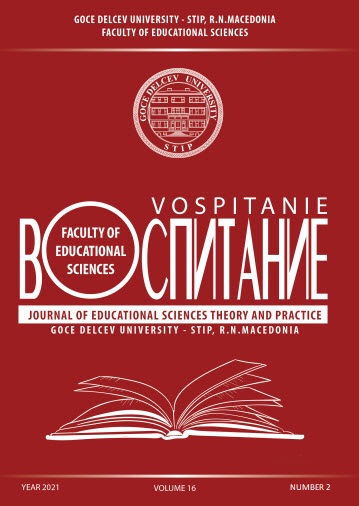ARTICULATION DISORDERS AS A CONCOMITANT DISORDER OF INCOHERENCE OF SPEECH - STUTTERING
DOI:
https://doi.org/10.46763/JESPT21162062bKeywords:
disorders, articulations, stutter, speech, concomitantAbstract
The main focus of this research was to conclude that children who are faced with slurred speech or stuttering disorder, are also faced with articulation disorder as a secondary disorder. The sample of this research was 33 children who stuttered, referred by parents or teachers to the Speech Therapist for treatment. Of the respondents 54.5% were boys, while 45.5% were girls. At first the children were evaluated and diagnosed by the speech therapist, at the request of the parents, the Articulation Test was used to evaluate misarticulated sounds. All children have been or are being treated by a speech therapist for stuttering and other concomitant disorders.
Based on the research findings we understand that: children who have stuttering disorders as the main disorder also have articulation disorder as a secondary disorder. There are also no differences in the arithmetic mean of the groups (male-female) and secondary disorders (articulation disorder). It is also worth noting that there is no significant correlation between stuttering disorder and joint disorders.


